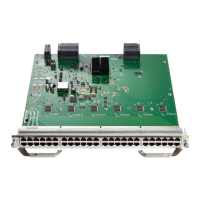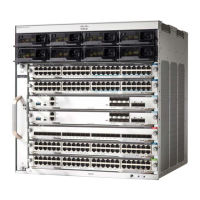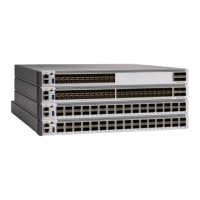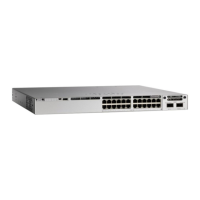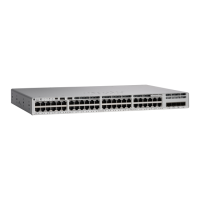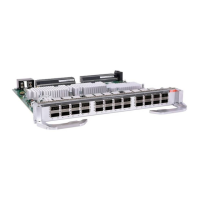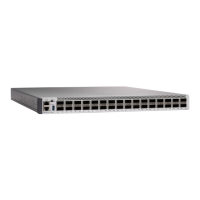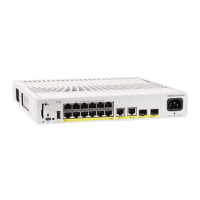CHAPTER 17
Conditional Debug and Radioactive Tracing
• Introduction to Conditional Debugging, on page 377
• Introduction to Radioactive Tracing, on page 378
• How to Configure Conditional Debug and Radioactive Tracing, on page 378
• Monitoring Conditional Debugging, on page 382
• Configuration Examples for Conditional Debugging, on page 382
• Additional References for Conditional Debugging and Radioactive Tracing, on page 383
• Feature History for Conditional Debugging and Radioactive Tracing, on page 383
Introduction to Conditional Debugging
The Conditional Debugging feature allows you to selectively enable debugging and logging for specific
features based on the set of conditions you define. This feature is useful in systems where a large number of
features are supported.
Only Control Plane Tracing is supported.
Note
The Conditional debug allows granular debugging in a network that is operating at a large scale with a large
number of features. It allows you to observe detailed debugs for granular instances within the system. This
is very useful when we need to debug only a particular session among thousands of sessions. It is also possible
to specify multiple conditions.
A condition refers to a feature or identity, where identity could be an interface, IP Address, or a MAC address
and so on.
MAC address is the only supported condition.
Note
This is in contrast to the general debug command, that produces its output without discriminating on the
feature objects that are being processed. General debug command consumes a lot of system resources and
impacts the system performance.
System Management Configuration Guide, Cisco IOS XE Bengaluru 17.4.x (Catalyst 9400 Switches)
377
